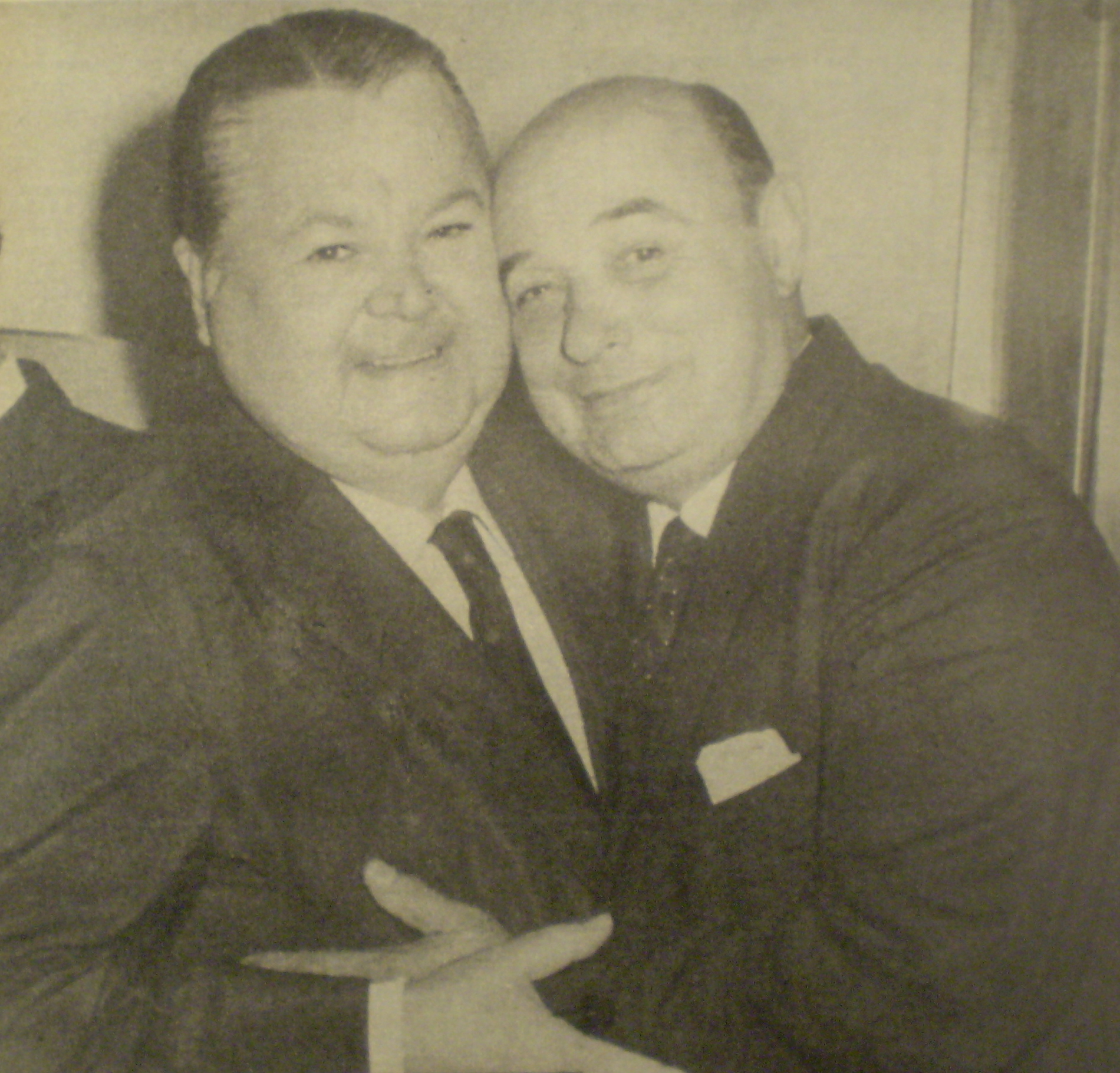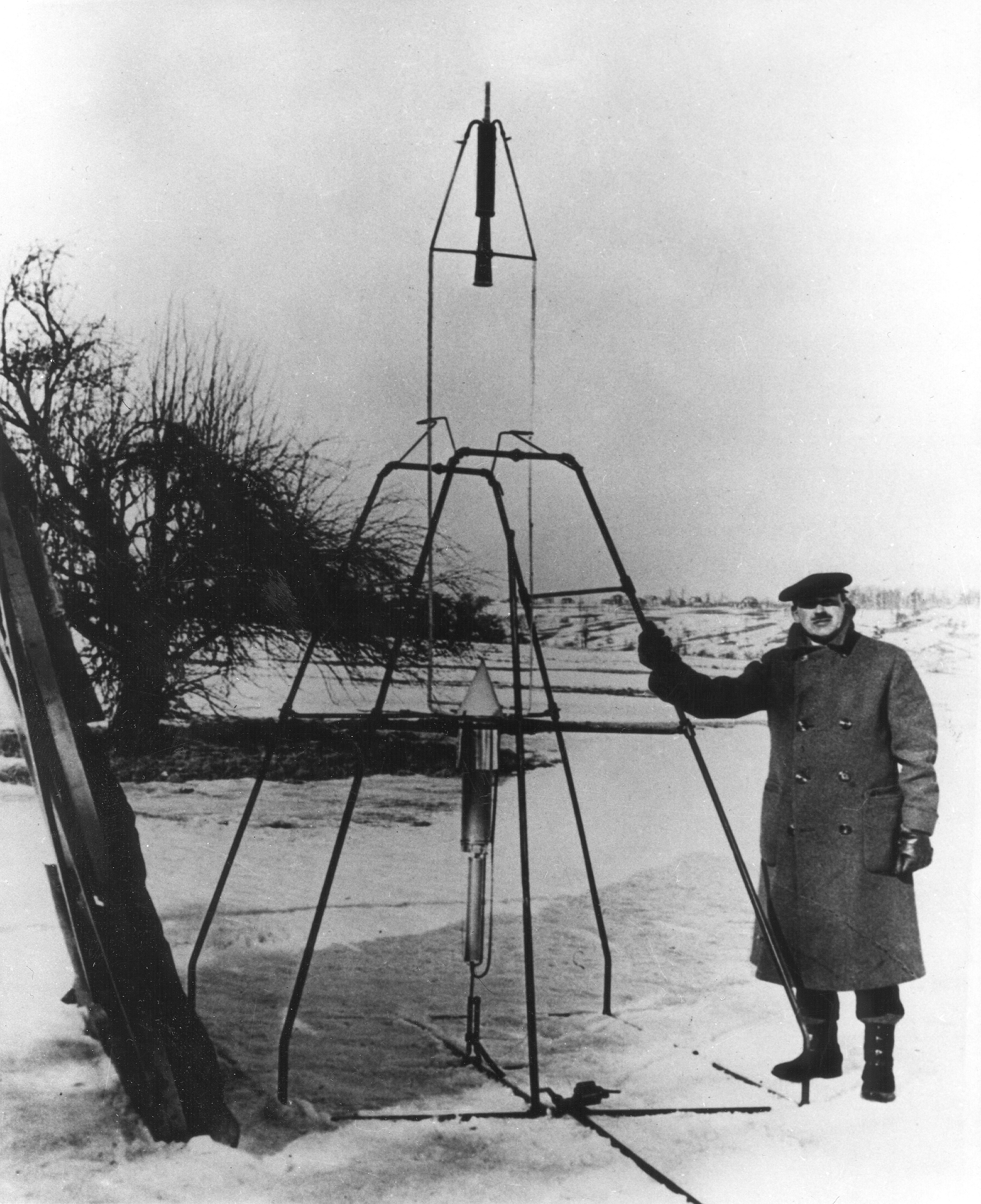|
Roberto Goyeneche
Roberto Goyeneche (January 29, 1926 in Saavedra, Autonomous City of Buenos Aires – August 27, 1994 in Buenos Aires) was an Argentine tango singer who epitomized the archetype of 1950s Buenos Aires' bohemian life, and became a living legend in the local music scene. Despite being of Basque descent, he was known as ''El Polaco'' ("the Pole") due to his light hair and thinness, like young Polish people of the time. He is identified with the neighborhood of Saavedra, where he grew up. Career Roberto Goyeneche was formed in the style of the tango of Carlos Gardel, later reached a more personal style characterised by his particular way of phrasing with rubato. In 1944, at the age of 18, he joined RaГєl KaplГєn's orchestra after winning a local contest and soon gave his live debut performance on Radio Belgrano. In 1952 Goyeneche teamed up with Horacio SalgГЎn. In 1956, he became the singer in the orchestra of his dear friend AnГbal Troilo, with whom he recorded 26 songs. Late ... [...More Info...] [...Related Items...] OR: [Wikipedia] [Google] [Baidu] |
AnГbal Troilo
AnГbal Carmelo Troilo (11 July 1914 – 18 May 1975), also known as Pichuco, was an Argentine tango musician. Troilo was a bandoneon player, composer, arranger, and bandleader in Argentina. His orquesta tГpica was among the most popular with social dancers during the golden age of tango (1940–1955), but he changed to a concert sound by the late 1950s. Troilo's orchestra is best known for its instrumentals, though he also recorded with many well-known vocalists such as Roberto Goyeneche, Edmundo Rivero and Francisco Fiorentino. His rhythmic instrumentals and the recordings he made with vocalist Francisco Fiorentino from 1941 to 1943, known as milongas, were some of the favourites in tango salons. The renowned bandoneonist Astor Piazzolla played in and arranged for Troilo's orquesta tГpica during the period of 1939–1944. Biography AnГbal Troilo was born on 11 July 1914, to Felisa Bagnoli and AnГbal Troilo, in the well-known barrio of Abasto. His father nicknamed ... [...More Info...] [...Related Items...] OR: [Wikipedia] [Google] [Baidu] |
Argentine Tango Musicians
Argentines, Argentinians or Argentineans are people from Argentina. This connection may be residential, legal, historical, or cultural. For most Argentines, several (or all) of these connections exist and are collectively the source of their being Argentine. Argentina is a multiethnic society, home to people of various ethnic, racial, religious, denomination, and national origins, with the majority of the population made up of Old World immigrants and their descendants. As a result, Argentines do not equate their nationality with ethnicity, but with citizenship and allegiance to Argentina. Aside from the indigenous population, nearly all Argentines or their ancestors immigrated within the past five centuries. Among countries in the world that have received the most immigrants in modern history, Argentina, with 6.6 million, ranks second to the United States (27 million), and ahead of other immigrant destinations such as Canada, Brazil and Australia. Ethnic groups Overview ... [...More Info...] [...Related Items...] OR: [Wikipedia] [Google] [Baidu] |
Singers From Buenos Aires
Singing is the art of creating music with the voice. It is the oldest form of musical expression, and the human voice can be considered the first musical instrument. The definition of singing varies across sources. Some sources define singing as the act of creating musical sounds with the voice. Other common definitions include "the utterance of words or sounds in tuneful succession" or "the production of musical tones by means of the human voice". A person whose profession is singing is called a singer or a vocalist (in jazz or popular music). Singers perform music (arias, recitatives, songs, etc.) that can be sung with or without accompaniment by musical instruments. Singing is often done in an ensemble of musicians, such as a choir. Singers may perform as soloists or accompanied by anything from a single instrument (as in art songs or some jazz styles) up to a symphony orchestra or big band. Many styles of singing exist throughout the world. Singing can be forma ... [...More Info...] [...Related Items...] OR: [Wikipedia] [Google] [Baidu] |
1994 Deaths
This is a list of lists of deaths of notable people, organized by year. New deaths articles are added to their respective month (e.g., Deaths in ) and then linked below. 2025 2024 2023 2022 2021 2020 2019 2018 2017 2016 2015 2014 2013 2012 2011 2010 2009 2008 2007 2006 2005 2004 2003 2002 2001 2000 1999 1998 1997 1996 1995 1994 1993 1992 1991 1990 1989 1988 1987 1986 Earlier years ''Deaths in years earlier than this can usually be found in the main articles of the years.'' See also * Lists of deaths by day * Deaths by year (category) {{DEFAULTSORT:deaths by year ... [...More Info...] [...Related Items...] OR: [Wikipedia] [Google] [Baidu] |
1926 Births
In Turkey, the year technically contained only 352 days. As Friday, December 18, 1926 ''(Julian Calendar)'' was followed by Saturday, January 1, 1927 '' (Gregorian Calendar)''. 13 days were dropped to make the switch. Turkey thus became the last country to officially adopt the Gregorian Calendar, which ended the 344-year calendrical switch around the world that took place in October, 1582 by virtue of the Papal Bull made by Pope Gregory XIII. Events January * January 3 – Theodoros Pangalos declares himself dictator in Greece. * January 8 **Ibn Saud is crowned ruler of the Kingdom of Hejaz. ** Crown Prince Nguyб»…n PhГєc VД©nh Thuy ascends the throne as BбєЈo ДђбєЎi, the last monarch of the Nguyб»…n dynasty of the Kingdom of Vietnam. * January 16 – A British Broadcasting Company radio play by Ronald Knox about workers' revolution in London causes a panic among those who have not heard the preliminary announcement that it is a satire on broadcasting. * January 21 ... [...More Info...] [...Related Items...] OR: [Wikipedia] [Google] [Baidu] |
Fernando Solanas
Fernando Ezequiel "Pino" Solanas (16 February 1936 – 6 November 2020) was an Argentine film director, screenwriter, Film score, score composer and politician. His films include; ''The Hour of the Furnaces, La hora de los hornos (The Hour of the Furnaces)'' (1968), ''El Exilio de Gardel (Tangos), Tangos: el exilio de Gardel'' (1985), ''Sur (film), Sur'' (1988), ''The Journey (1992 film), El viaje'' (1992), ''La nube'' (1998) and ''Memoria del saqueo'' (2004), among many others. He was Argentine Senate, National Senator representing the Autonomous City of Buenos Aires for six years, from 2013 to 2019. Solanas studied theatre, music, and law. In 1962, he directed his first short feature ''Seguir andando'' and in 1968 he covertly produced and directed his first long feature film ''The Hour of the Furnaces, La Hora de los Hornos'', a documentary on neo-colonialism and violence in Latin America. The film won several international awards and was screened around the world. Solanas won th ... [...More Info...] [...Related Items...] OR: [Wikipedia] [Google] [Baidu] |
Sur (film)
''Sur'' (South) is a 1988 Argentine drama film written and directed by Fernando E. Solanas. The film features SusГє Pecoraro, Miguel ГЃngel SolГЎ, Philippe LГ©otard, Lito Cruz, Ulises Dumont among others. Following its debut at the 1988 Cannes Film Festival, ''Sur'' collected a host of awards from prestigious international film festivals. ''Sur'' garnered its director, Fernando E. Solanas the Best Director Award (Cannes Film Festival), Best Director at Cannes in 1988 and was nominated for the Palme d'Or in the same year. The film was selected to be screened in the Cannes Classics section of the 2015 Cannes Film Festival. In a survey of the The 100 Greatest Films of Argentine Cinema, 100 greatest films of Argentine cinema carried out by the Museo del Cine Pablo DucrГіs Hicken in 2000, the film reached the 33rd position. In a new version of the survey organized in 2022 by the specialized magazines ''La vida Гєtil'', ''Taipei'' and ''La tierra quema'', presented at the Mar del Plat ... [...More Info...] [...Related Items...] OR: [Wikipedia] [Google] [Baidu] |
El Exilio De Gardel
''Tangos, the Exile of Gardel'' () is an Argentine-French film released on 20 March 1986, directed by Fernando Solanas, starring Marie LaforГЄt, Miguel ГЃngel SolГЎ and Philippe Leotard. The film was selected as the Argentine entry for the Best Foreign Language Film at the 59th Academy Awards, but was not accepted as a nominee. In a survey of the 100 greatest films of Argentine cinema carried out by the Museo del Cine Pablo DucrГіs Hicken in 2000, the film reached the 15th position. In a new version of the survey organized in 2022 by the specialized magazines ''La vida Гєtil'', ''Taipei'' and ''La tierra quema'', presented at the Mar del Plata International Film Festival, the film reached the 47th position. Summary This Tango musical revolves around the lives of a group of Argentinians facing exile in Paris during the National Reorganization Process, the Argentine dictatorship that occurred from 1976 to 1983. The story follows their struggles and attempts to survive in a fo ... [...More Info...] [...Related Items...] OR: [Wikipedia] [Google] [Baidu] |
ГЃstor Piazzolla
Astor Pantaleón Piazzolla (, ; March 11, 1921 – July 4, 1992) was an Argentine tango composer, bandoneon player, and arranger. His works revolutionized the traditional tango into a new style termed '' nuevo tango'', incorporating elements from jazz and classical music. A virtuoso bandoneonist, he regularly performed his own compositions with a variety of ensembles. In 1992, American music critic Stephen Holden described Piazzolla as "the world's foremost composer of Tango music". Biography Childhood Piazzolla was born in Mar del Plata, Argentina, in 1921, the only child of Vicente "Nonino" Piazzolla and Asunta Manetti. His paternal grandfather, a sailor and fisherman named Pantaleo (later Pantaleón) Piazzolla, had immigrated to Mar del Plata from Trani, a seaport in the southeastern Italian region of Apulia, at the end of the 19th century. His mother was the daughter of two Italian immigrants from Lucca in the central region of Tuscany. In 1925 Astor Piazzolla moved with h ... [...More Info...] [...Related Items...] OR: [Wikipedia] [Google] [Baidu] |



